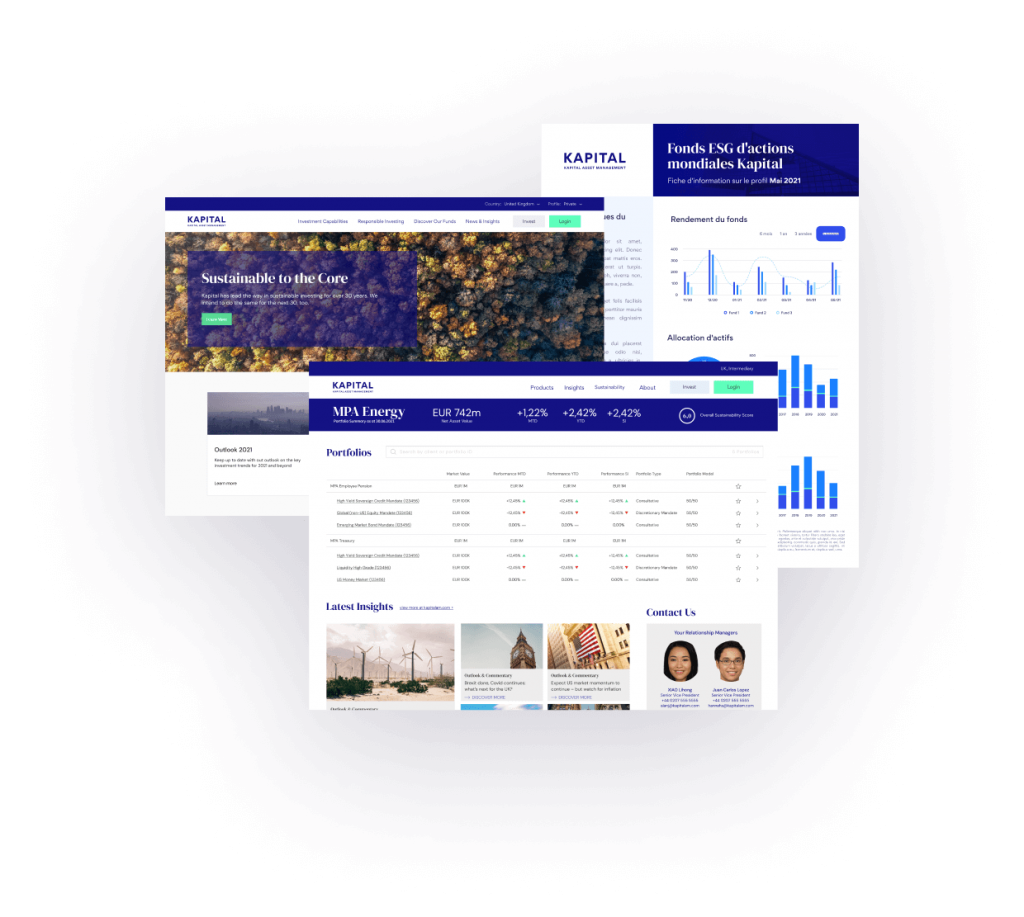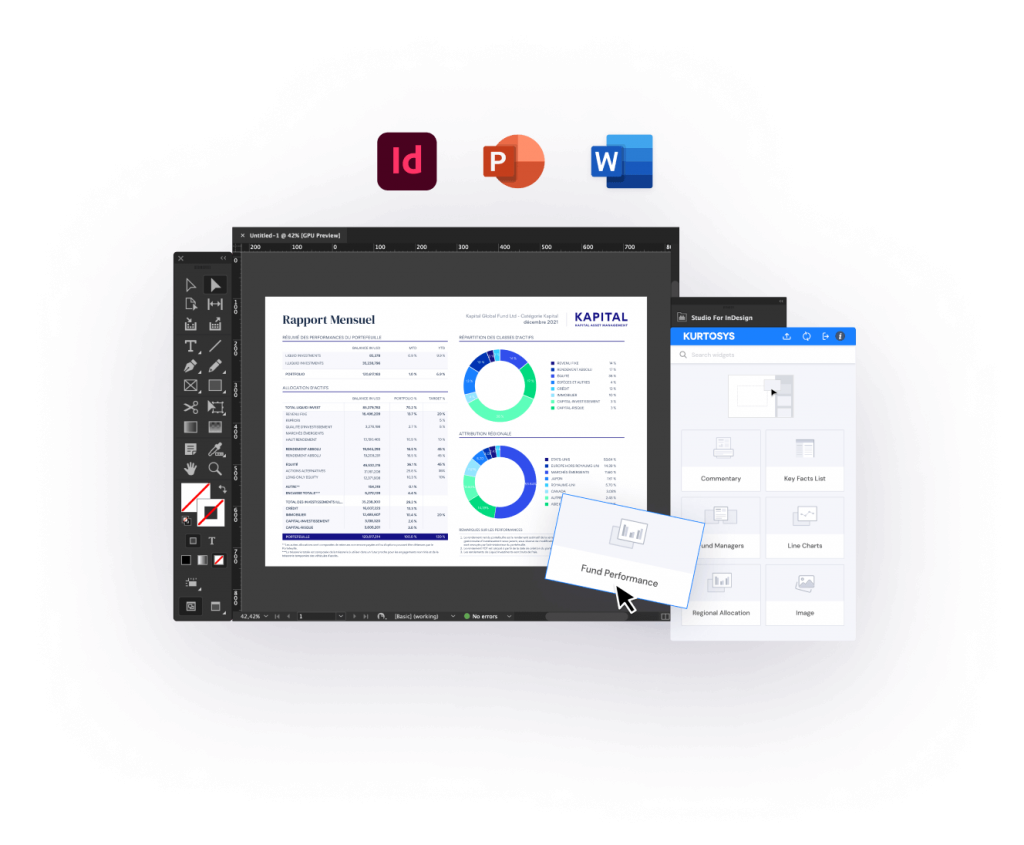According to BCG’s recent asset management report released in July 2021, institutional investments grew to $61 trillion, or 59% of the global market. Boiled down to these simple numbers, it is plain to see that the so-called “asset allocators” carry a huge sway in how our money is placed amongst managers and their investment strategies across the world.
And to be clear, it truly is money from individuals - savers, charity donors, trust contributors and the like. Whether you are an individual saver using a vault on your Revolut account, a council worker enrolled on your local authority pension scheme or an entrepreneur successful enough to be able to donate to the Harvard University endowment scheme, all this capital will invariably end up in the mandates awarded across the global asset management industry. Added to the mix are the savings banks and wealth management firms that allocate money on our behalf.
So why discuss it?
With now 59% of the world’s capital sitting ready to be deployed or change hands if already deployed, asset managers’ sales and marketing teams have a real opportunity to capture capital that, due to structural shifts in allocator methodology, could now become available.
A simple line of thought is:
- Institutional investors are now monitoring managers even more introspectively than they previously did.
- One fundamental reason for this is the need to demonstrate responsible investing credentials alongside the traditional proof points of manager performance and track record.
- Whilst the strategy/manager track record remains fundamentally critical, the “firm” track record is now becoming increasingly important as allocators need to understand how a firm thinks about ESG from a top-down policy perspective.
- Allocators are having to evidence conformance to ESG goals and metrics in their own reporting to investors. (Our recent white paper ‘The ESG Digital Revolution‘ delves deeper into this topic).

The Complexities of Manager Monitoring
We recently spoke to a number of allocators across the world. One clear consistency we heard was that manager monitoring is becoming ever more complex, challenging and time-consuming.
Jean-Francois Hautemulle, founder and principal of Terres Neuves Consulting and previously involved in fund selection at JP Morgan and UniCredit agrees: “Allocators now have to deal with many more factors brought on by ESG monitoring and the redefinition of asset classes that these factors require. The art of manager monitoring requires a lot of thought and the processing of a lot of information”.
An opportunity for sales and marketing teams
Furthermore, we have learned that many allocators are resetting their manager monitoring approach which, whilst potentially extending monitoring windows prior to awarding a mandate, offers an opportunity for sales and marketing teams.
We believe that a digital approach can play a significant part in this. For the last 10 years there has been markedly less “digital” deployed to the institutional component of a firm’s sales and marketing strategy.
This is probably justified given the retail distribution chain benefitted most from investments made by asset managers to bring more information to advisers and end investors using their websites and related adviser areas. Also, the changing regulatory environment, specifically towards retail investors, meant that asset managers had disclosure and reporting obligations that websites could help resolve in a cost-effective and transparent way.
That said, we at Kurtosys think digital can now be a real value driver for sales and marketing teams targeting the institutional space. The opportunity is huge. New strategies can be successful in the retail space only after significant money is applied to it from institutional investors. As firms create or nuance existing strategies to meet their firm’s approach to ESG, it presents an opportunity to bring institutional investors towards them.
How can digital help?
At Kurtosys, we have developed a platform that makes it very easy for our customers to create secure institutional portals. Allocators can register, log on and have access to high-quality manager materials and content that is not only “easy on the eye”, but highly discernible, consistent and fully supports the manager monitoring process. The feature list is significant.
Included in our portal technology are:
- Personalized content management features that provide allocators with relevant multi-media content (articles, white papers, video, podcasts) based on their choice of strategy or product.
- Data and document access – comprehensive access to privileged strategy/product information, data and documents.
- User-configurable alerts and notifications
- Enterprise context search across privileged contents sets
- Tools, apps and data management tools – a wide range of interactive tools, apps and data-driven ESG components.
- Plug and play – access semi-completed reports in Word / Excel / PowerPoint that allocators can download and use to produce their own materials.


There are many more. If you would like to learn more, please do not hesitate complete to our demo form to request a zero-obligation workshop with our experienced team consultants.




